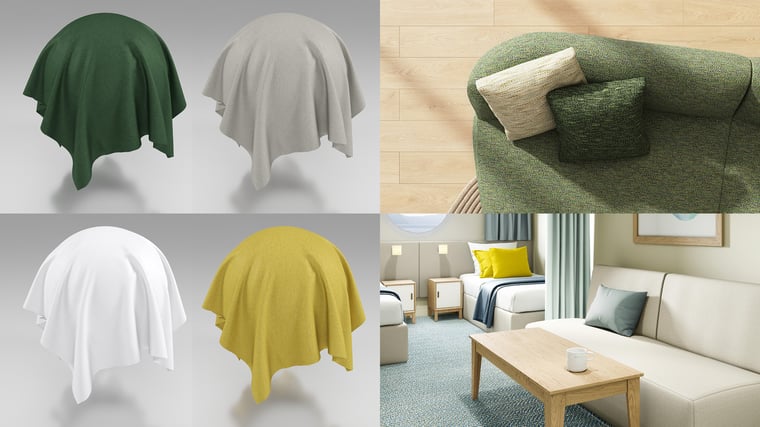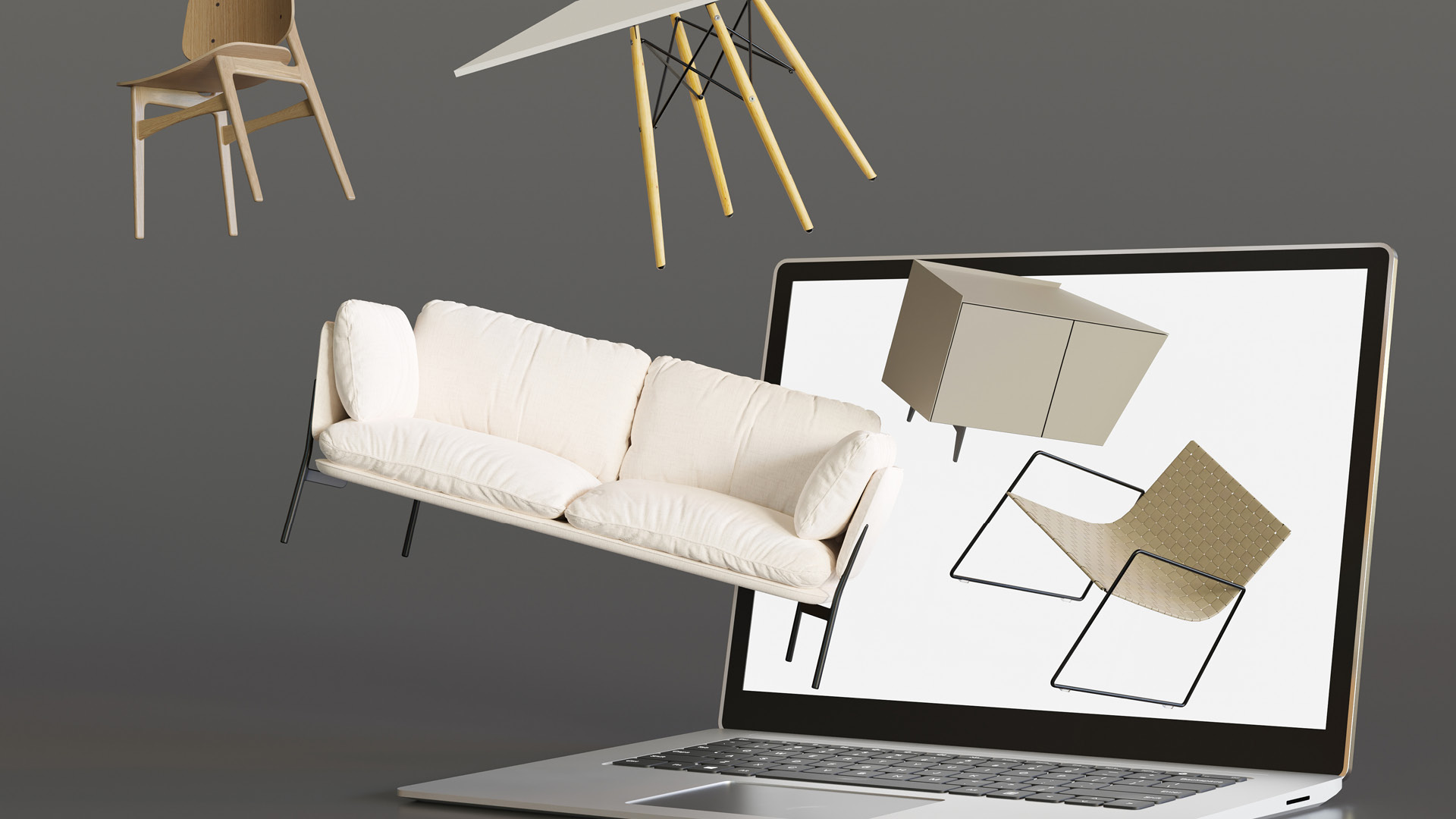
How 3D Interior Firms Are Scaling Faster with Digital Workflows
Published by Admin on
Sep 10, 2025 9:37:54 AM
In the ever-evolving world of 3D interior design, efficiency is as important as creativity. Interior design firms are increasingly turning to digital workflows to meet the growing demand for quick yet high-quality results.
Zeel Project plays a key role in this transformation by offering Twinbru’s 3D fabric textures, giving designers access to real-world fabric scans that help streamline their processes. This partnership empowers designers to speed up project delivery, reduce revisions and close the gap between initial concepts and final results.
This trend also aligns with wider industry research, such as The Impact of Technology on Interior Design by Injarch, and this paper from the Journal of Interior Design, which highlights the growing importance of digital tools in the design process.
Why Are Digital Workflows Essential?
Interior designers often face tight deadlines, demanding clients and a need for constant iteration. Traditional design methods, which rely on manual processes, can be slow, error-prone and inefficient. Digital workflows solve these issues by offering tools that allow designers to automate tasks, reduce manual effort, and accelerate project timelines.
By leveraging Twinbru’s 3D fabric textures in conjunction with platforms like Zeel Project, designers can instantly access high-quality digital materials that replicate real-world textures with stunning accuracy. These resources help streamline the design process, allowing designers to visualise projects in detail before the final product is created. The ability to experiment with different materials digitally ensures clients see exactly what they’re getting, reducing misunderstandings and revisions.
The benefits of using Twinbru’s 3D fabric textures
Twinbru’s digital fabrics are not only realistic but are also designed for ease of integration into existing workflows. When these textures are incorporated into a digital platform like Zeel Project, designers are equipped with tools to create detailed 3D visualisations that reflect the real-world quality of materials. This allows them to experiment with fabrics and textures quickly, without waiting for physical samples or long production times.
By using real-world fabric scans, designers avoid the challenges that come with guessing how materials will look or behave in different lighting and environments. These digital assets allow designers to see exact representations of their materials in action, improving the accuracy and realism of their designs. Additionally, the digitisation of these materials speeds up the design iteration process and reduces the time and costs traditionally associated with project revisions.
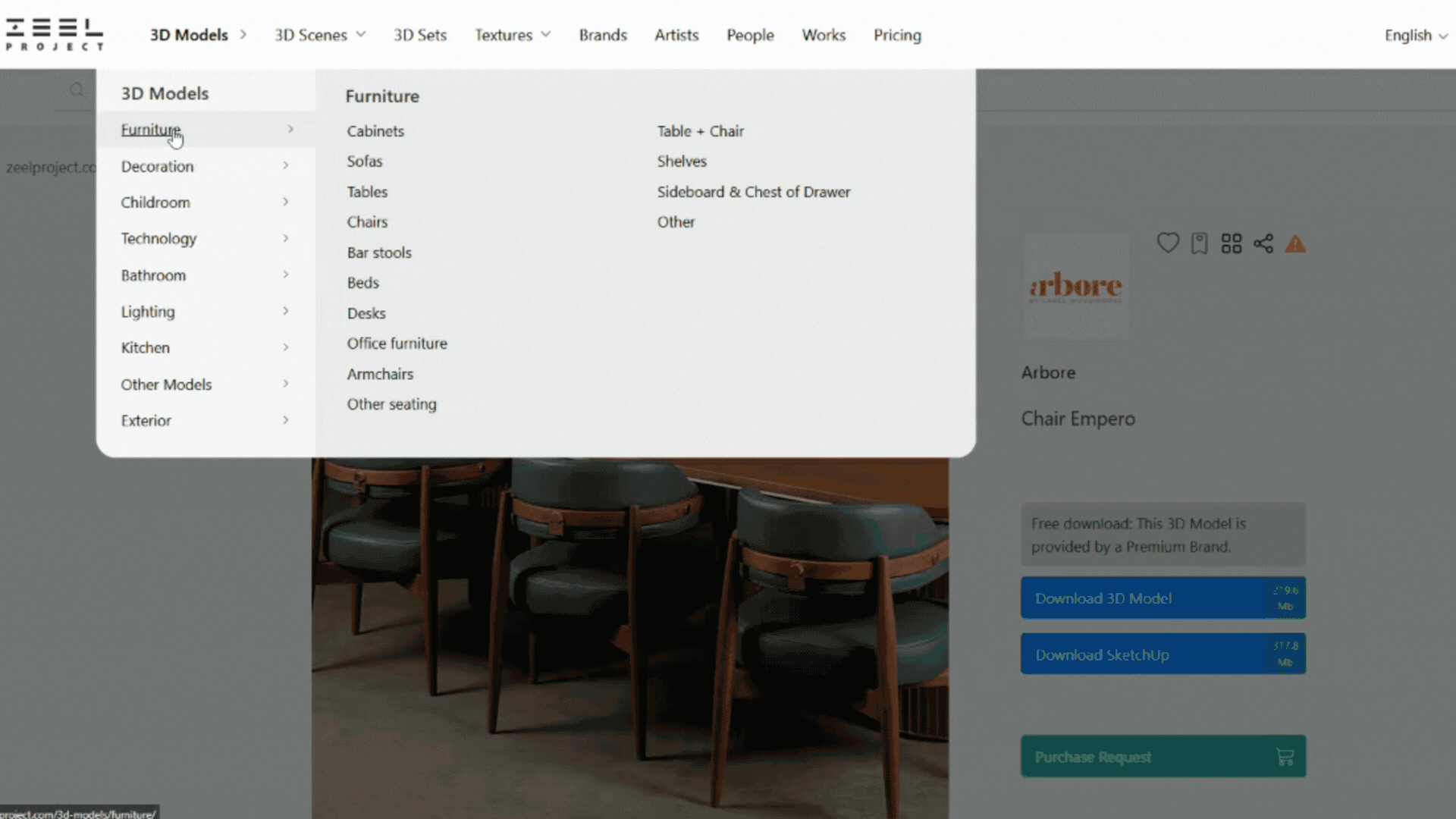
How Does Zeel Project Support a Smarter Design Process?
Zeel Project is more than just a platform for downloading Twinbru’s textures; it offers a seamless way to integrate these high-quality digital fabrics into the design process. Designers can access a wide variety of textures, from fabric to wood, and use them to enhance their models in real time. What sets Zeel Project apart is its integration of 3D models from well-known brands, enabling designers to create full-scale digital interiors that resemble real-world spaces.
By simplifying the process of texture application and 3D model integration, Zeel Project helps designers quickly iterate and refine their designs. This not only improves efficiency but also allows firms to meet client expectations faster by providing realistic, accurate visualisations of the final product before the project is even built.
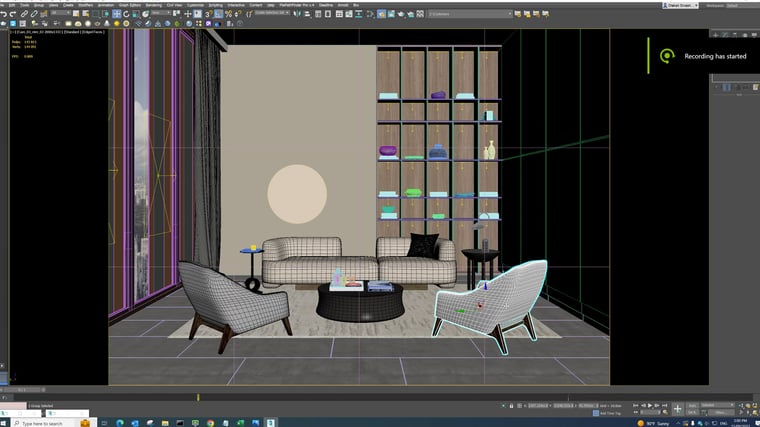
The advantages of adopting digital workflows
Digitising workflows has numerous benefits beyond speeding up the design process. It makes it easier to scale projects across multiple phases; whether it’s designing the building structure, specifying materials, or collaborating with other stakeholders. With digital textures and 3D models, designers can seamlessly transfer design specifications to clients, contractors and other team members, eliminating any confusion and miscommunication that may arise when working with traditional methods.
Furthermore, the ability to present realistic renderings of designs early in the process reduces the number of revisions needed, saving both time and money. This digital approach also helps bridge the imagination gap – clients can see exactly what their space will look like, making it easier for them to make decisions and approve designs faster.
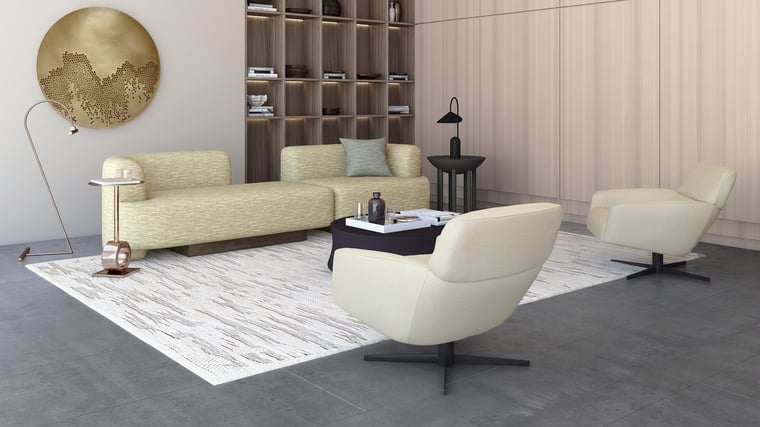
Ready to Scale Your Design Business?
The benefits of digital workflows are clear; streamlined processes, improved accuracy and faster delivery times. By adopting Twinbru’s 3D fabric textures and integrating them with platforms like Zeel Project, interior designers can work more efficiently and deliver high-quality results faster. These tools are essential for firms looking to scale their business and stay competitive in today’s fast-paced design landscape.
Ready to optimise your design workflow? Explore Twinbru’s 3D fabric textures and see how Zeel Project can help you create realistic designs with ease.
Tags:
3D Visualisation,
3D Modeling,
Digital Textures,
3D Textures,
3D Fabric Textures,
3D Upholstery Fabric,
Digital Fabrics
